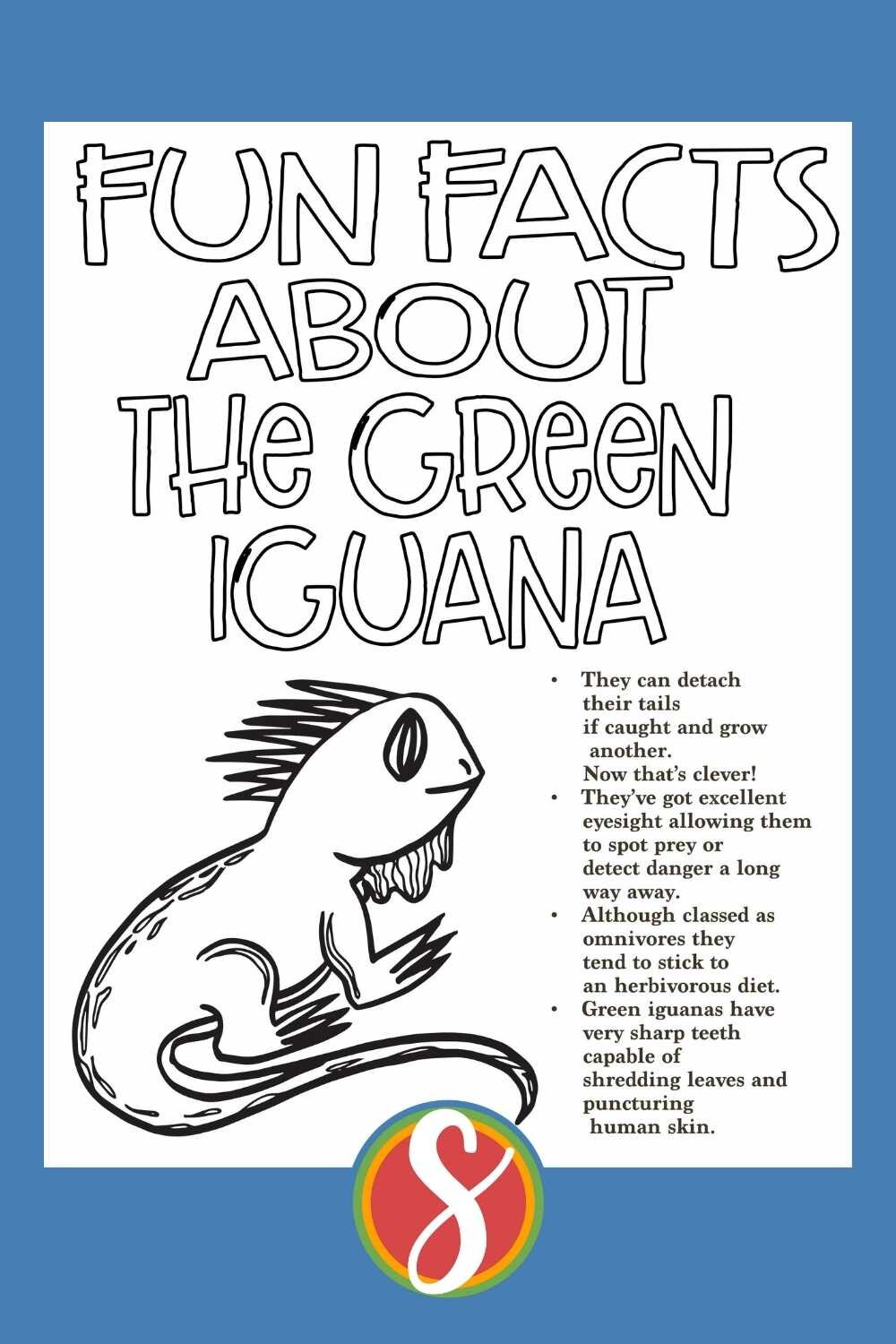ALABAMA BEACH MOUSE
This little guy is so adorable. One of the most rare species in the U.S.
Use the button just below the image to download this free Alabama beach mouse facts coloring sheet
The Alabama beach mouse, an endangered species, lives in coastal dune ecosystems. It’s a small mouse with a buff colored patch on its back and snowy white underbelly. Strictly nocturnal in nature, they have large eyes and big ears to help them as they leave their burrows at dusk and remain active during the night. They are much less active on moonlit nights though to avoid becoming a late night snack for predators. This dune dweller burrows small tunnels in the sand to raise its young and is generally considered to be monogamous. MORE ON THE ALABAMA BEACH MOUSE HERE
CLICK HERE TO PRINT THE ALABAMA BEACH MOUSE COLORING SHEET ABOVE
I have tons of free animal coloring pages - you can browse the whole section of free animal coloring pages here
The animal #’s 1-10 pages are a favorite and they’re all in one post! You can see it using the link below the video. If you are looking for educational pages - check out my whole section of free educational coloring pages here
Print and color these ANIMAL NUMBERS 1-10 pages free HERE
You might also love some of these other animal facts coloring pages
Why is the Alabama field mouse endangered?
BASIS FOR STATUS CLASSIFICATION:
Habitat loss and fragmentation associated with residential and commercial real estate development single most important factor contributing to imperiled status. Existing or proposed beachfront development will substantially alter all Alabama beach mouse habitat not in public ownership. Reduction of available habitat and isolation of the remaining populations substantially increases vulnerability to the effects of tropical storms, weather cycles, predation, and other environmental factors. Substantial disagreement exists as to the current status and appropriate management protocol for the Alabama beach mouse. Various researchers have argued it is in immediate jeopardy of range-wide extinction if habitat loss is allowed to continue. This position is supported by evidence of widespread extirpation from all developed areas in the eastern portion of the historic distribution. Similar levels of development are occurring throughout the Fort Morgan Peninsula and real estate development on all private areas is proceeding rapidly. In addition, Population Viability Analyses indicate that extinction of even the largest remaining populations is likely within 50 years if current trends continue (Oli et al. 2001). Listed as endangered by the U.S. Fish and Wildlife Service in 1986. READ MORE HERE


















